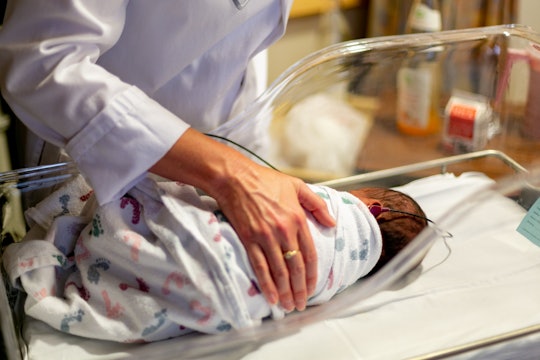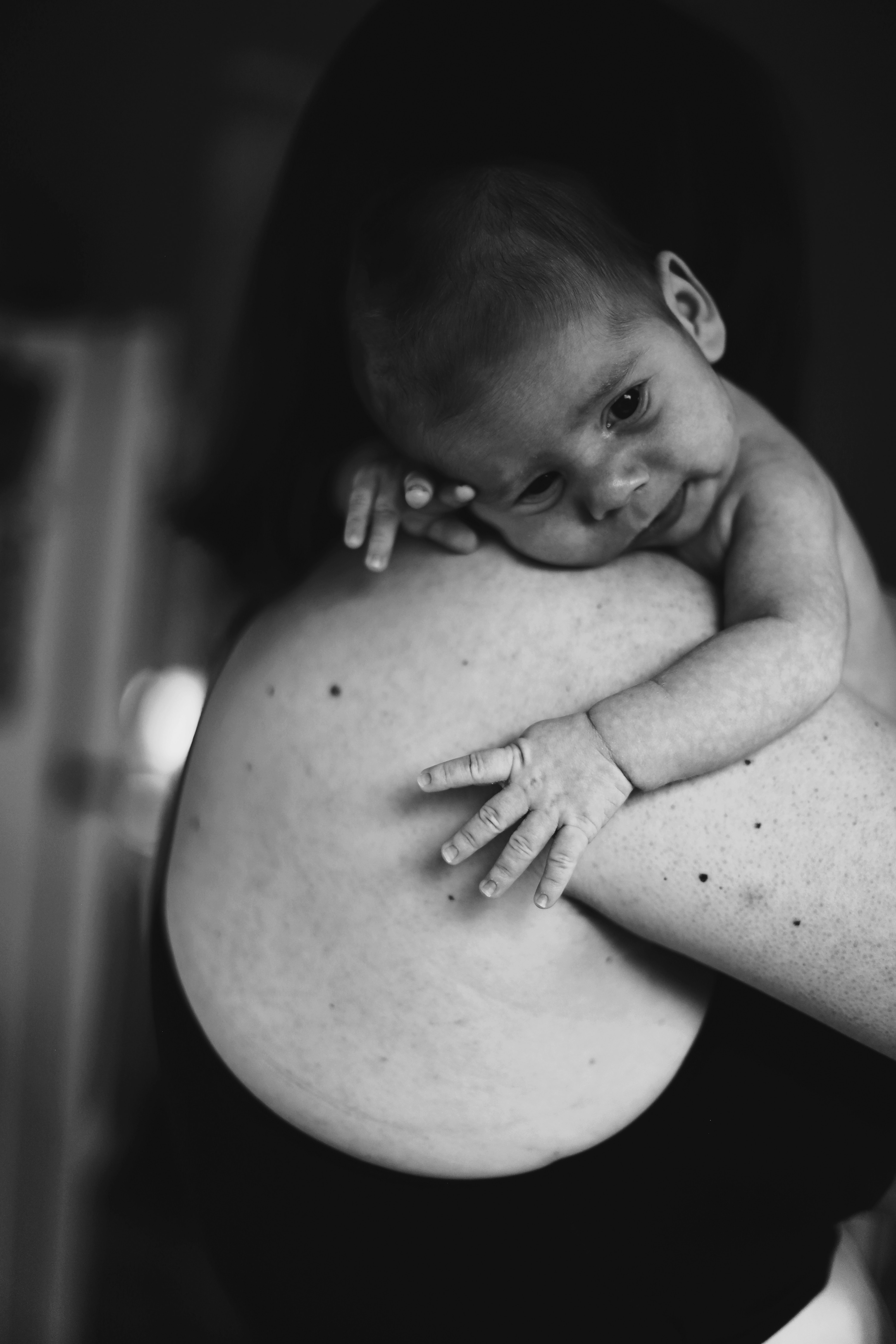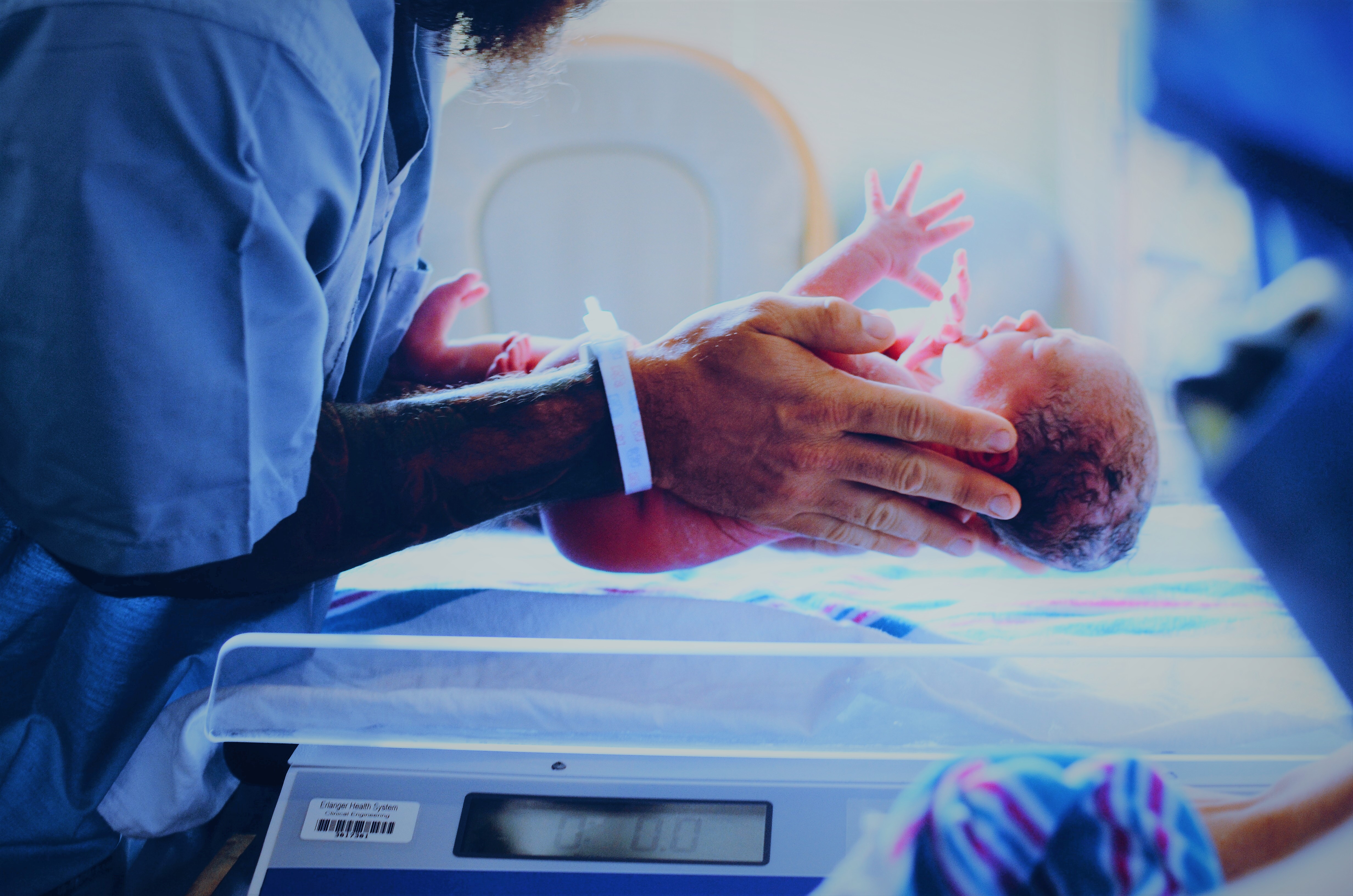
Photo by Solen Feyissa on Unsplash
New wireless monitors let premature babies have skin-to-skin contact even in the NICU
Premature and ill babies thrive with direct contact, but wires from traditional sensors get in the way
Parents may feel helpless when their children are in the neonatal intensive care unit (NICU), and they can develop anxiety, depression, and anger. Seeing their infants isolated and entangled in wires that tether them to massive medical devices for monitoring vital signs is gruesome and heart-wrenching.
Approximately 450,000 babies are born premature in the US every year, sometimes weighing as little as 500 grams. They need constant clinical monitoring in the NICU as they might develop complications by being born unusually early in development. An additional 480,000 children spend time in the NICU or pediatric intensive care unit annually because of a critical illness.
Precise monitoring of NICU patients is essential but invasive, typically requiring specialized catheters inserted into the patient's tiny veins. Wired monitoring can cause scarring and increase the risk of infections and complications, such as blood clots and blood vessel blockage. Wires also get in the way of feeding and cleaning. Above all, a major disadvantage of wired monitoring is that it impedes skin-to-skin contact between parent and newborn, which has been scientifically shown to have clinical advantages for the newborn.
New technology developed by a group of American, Chinese, and Korean researchers headed by Debra Weese-Mayer, John Yoon Lee, and John Rogers may solve many problems introduced by wired monitoring of NICU patients. The first of its kind, these non-invasive, wireless biosensors can continuously monitor vital parameters by merely attaching as a patch on a skin surface.
The wireless biosensor consists of two parts, a chest and a limb unit, both of which fit inside the palm of an adult hand. The chest unit can be gently mounted on to the infant’s chest or back, while the limb unit has can go around a foot, palm, or toe. This means that the biosensor covers a wide range of infant ages and anatomies, including interfaces such as wrist-to-hand and foot-to-toe sensing. Researchers have demonstrated its successful clinical use in extremely premature infants, as young as 27 weeks of gestational age but who have been out of the womb for 6 weeks. At that point, they are about the size of a head of lettuce.

Skin-to-skin contact has clinical advantages for a newborn.
Photo by Ksenia Makagonova on Unsplash
The sensor can simultaneously monitor a range of health indicators, including breathing and blood oxygen levels, at a level that is comparable to standard FDA-approved monitoring systems. It harbors an accelerometer that measures chest vibrations to generate a seismocardiogram (SCG), which provides similar information as an electrocardiogram (EKG) that monitors cardiac muscle activity and valve motion, but is better suited for small infants because it provides a direct assessment of the mechanical activity of the heart. The device also records an infant’s cries, which can be used to analyze an infant's pain and stress levels.
The previous prototype of biosensors created by the researchers worked wirelessly, although it lacked several features compared to the current design, such as relaying the recorded patient data to a computer system placed far from the sensor. Another challenge was fixing the fragile nature of the sensor without compensating its flexibility, which is key to recording on highly curved surfaces such as the chest, ankles, and toes.
A year later, the same researchers came up with a novel model with additional built-in features that solve many of the issues that the earlier version had. The electronic components of the device are sandwiched between waterproof silicone covers, so they sit comfortably on the sensitive skin of infants. The sensor can draw power from onboard batteries or from a nearby antenna placed 30-50 cm away from the biosensor, ensuring that it never lose's track of it's patient's vital signs.
The device uses Bluetooth and can transmit data into a computer system 10 meters away, meaning they can take records within a standard-sized patient room. The sensors can be sterilized between patients, and they do not generate heat for up to 24 hours, making them reliable and safe to use.
Biosensors enhance the quality of neonatal and pediatric clinical care by allowing parents to hold their babies, feed them conveniently, and clean them in a timely manner. The design is also inexpensive, durable, cost-effective, and can even be used outside a hospital setting with the data being recorded on a tablet or a cell phone.

Precise monitoring of NICU patients is essential but invasive
This simple technology can be expanded beyond infants and children. Patients who need outpatient monitoring, such as those sent home after a surgery, or those with chronic conditions, could also use the device. Sharing the monitoring data with a physician online could also cut down on non-emergency hospital visits.
Although this technology is wonderful, it will probably be some time before it can be used in hospitals. This is one of the first studies to record data in real NICU patients, so more confirmation is required to ensure the reliability of these biosensors.
A physician's human touch gives an emotional connection, but if parents are comfortable, this biosensor technology can serve as a boon by monitoring infants continuously to watch out for anomalies.



It’s always been a challenge in neonatal medicine to ensure proper monitoring without disrupting the infant. This sounds like a more comfortable apparatus for the baby, while being an accurate detection mechanism providing an abundance of information for the health care professionals monitoring them. I’m not in this field, but it sounds like a great step forward compared to its predecessor. This is certainly a rapidly growing field! Thank you for sharing this new innovation.